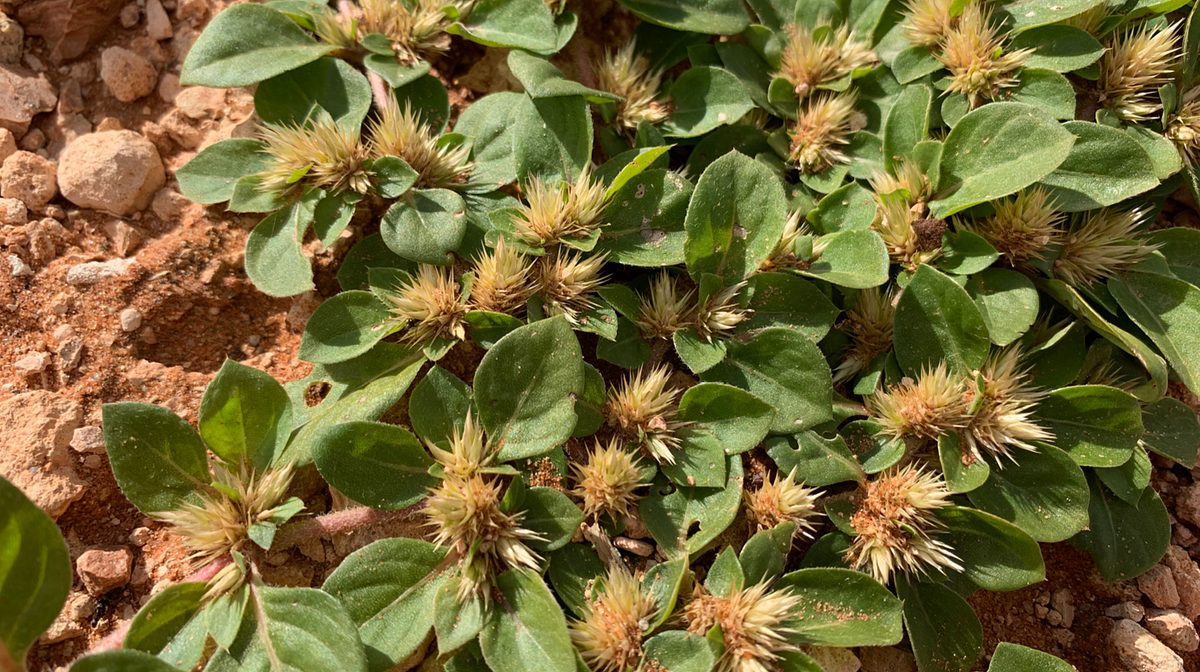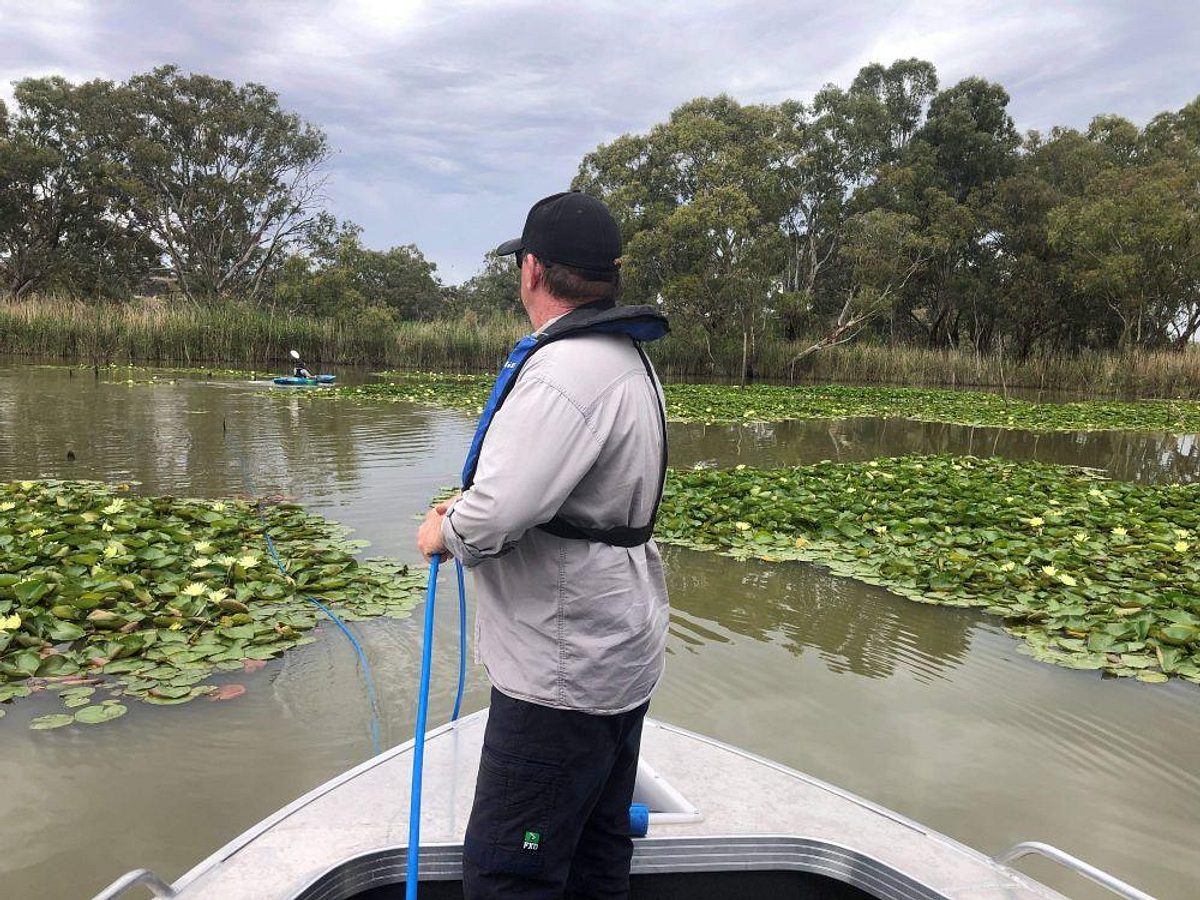Putting malleefowl predators to the test: the adaptive management predator experiment (AMPE)

We’ve already heard about some of the exciting malleefowl research happening in this region (check out our first two blogs), but here’s another big one – the Adaptive Management Predator Experiment, or AMPE for short.
This national project stretches across New South Wales, Victoria, South Australia, and Western Australia – and is led by the National Malleefowl Recovery Team and the Threatened Species Recovery Hub under the National Environmental Science Program.
The goal? To answer a surprisingly tricky question:
Does malleefowl breeding improve when predators (like foxes) are kept in check?
Firstly, some background…
For more than 30 years, passionate volunteers around the country have been keeping an eye on malleefowl mound activity. AMPE builds on that legacy by adding a new layer – motion-sensor cameras that track predator activity at key sites, paired with data from land managers on where and when predator control (like fox baiting) is happening.
How it works around here
In the Murraylands and Riverland region, 6 sites are involved in AMPE. These include Bakara, Karte, and Peebinga Conservation Parks in the agricultural zone, and Gluepot Reserve, Calperum Station, and Danggali Conservation Park in the pastoral zone.
Since 2016, 48 cameras have been watching carefully (8 per site), placed strategically across the landscape and regularly checked by our amazing volunteers. These cameras don’t just pick up foxes or malleefowl – they also help track overgrazing pests like goats and rabbits.
Volunteers also help process the images using the DigiVol platform, tagging the animals spotted in each shot. Species are labelled in categories to things efficient but still meaningful for malleefowl conservation.
Comparing ‘apples’ with ‘apples’
The sites were chosen to compare similar environments – agricultural with agricultural and pastoral with pastoral – but with different levels of predator control. Every year, the team checks in with farmers and reviews 1080 baiting records to work out how much fox control is happening within about a 6 km radius of each site.
So, what are we seeing?
So far, more than 437,000 images have been reviewed. Impressive, right?
The top species captured (by number of detections) were:
- Kangaroos...by a mile!
- Other birds (excluding malleefowl and emus)
- Foxes
- Emus
- Hares
- Malleefowl
- Feral goats
- Echidnas
Reptiles (like goannas) came in 9th, with feral cats and rabbits rounding out the top 11.
Using a simple index – number of detections per month across all 8 cameras – some interesting trends emerge:
- Peebinga had the most fox activity but also the most malleefowl activity in the agricultural zone, by a factor of 3!
- In the pastoral zone, Gluepot had the most foxes (despite the most baiting), while Danggali, which had no baiting, had the highest malleefowl activity.
Across the board, there’s no obvious link between fox baiting and fewer foxes – or more malleefowl. And in the agricultural zone, fox numbers didn’t follow any clear time trend, except a spike in spring 2019 at a couple of sites. Meanwhile, in the pastoral zone, fox activity seems to loosely track annual rainfall.

What does it all mean?
Since 2016, and especially since the launch of the Threatened Mallee Bird Project in 2018–19, malleefowl breeding activity in this region has generally been on the rise. That’s encouraging! But we need to be careful – just because more mounds are active doesn’t necessarily mean the population is growing. Long-term trends will tell that story better.
What’s promising is the connection between rainfall and breeding success, which backs up other recent findings. It also supports the idea that closing off old dams to reduce grazing pressure might help malleefowl by tipping the balance in their favour, especially during dry spells. Already, we’re seeing signs of better vegetation and fewer feral goats in those areas.
In the agricultural zone, the same rainfall link seems to hold, but there are extra challenges here. Smaller property sizes, mixed farming, scattered habitat, and even leftover crops can attract and support competing herbivores. So, while malleefowl are still doing relatively well here, the long-term decline in numbers means we can’t take our foot off the pedal.
That’s no elephant! That’s a fox in the room!
AMPE is also challenging some long-held assumptions about foxes. The findings suggest that both malleefowl and foxes are more influenced by resource availability (like rainfall) than by each other. Interestingly, more intensive baiting sometimes aligns with more fox activity, not less. While that might seem backwards, it could point to the limits of baiting as a long-term solution and raises questions about cost-effectiveness and sustainability.
That said, AMPE is still in progress. Once the full national dataset is analysed, we’ll get a clearer picture.
A hopeful future
Thanks to the dedication of volunteers and conservation partners, the outlook for malleefowl in the Murraylands and Riverland is looking positive. The monitoring program here is one of the longest-running of its kind in Australia - and it’s producing real, valuable insights.
With the lessons learned so far, and the continued support of community and science, we’re in a strong position to keep helping malleefowl not just survive but thrive.


